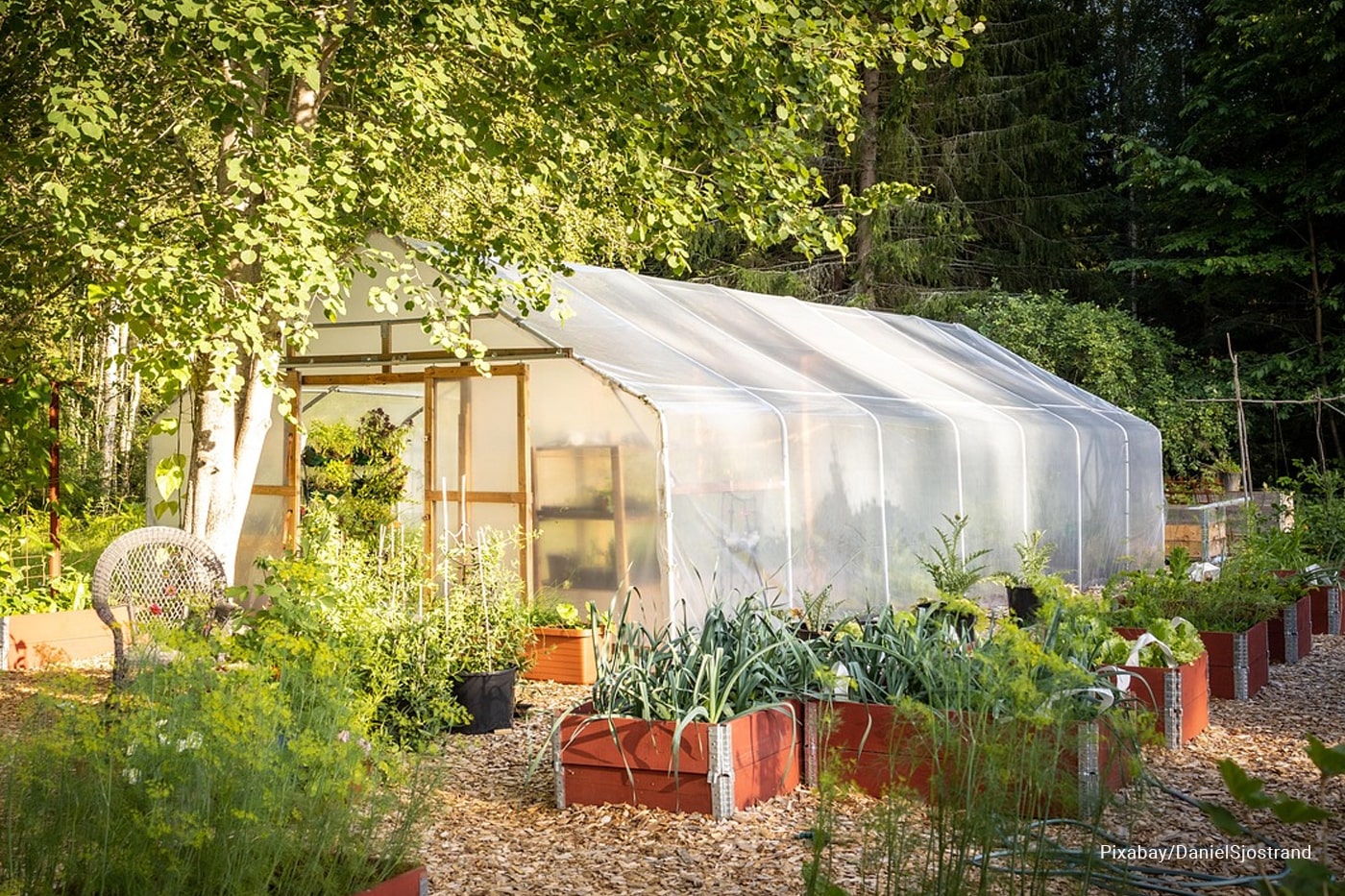As winter gives way to spring, March offers an excellent opportunity to start planting hardy crops that thrive in cooler temperatures. While the soil is still chilly and frost may linger, certain vegetables are well-suited to these conditions, providing an early start to the growing season. If you’re eager to get your garden going, consider adding these resilient crops to your March planting plan.
Contents []
Best Cold-Hardy Crops for March Planting
March is an excellent time for cold-weather planting, allowing you to get a head start on your growing season. Here are the plants that thrive in cooler temperatures and can tolerate light frosts.
1. Kale

Kale is one of the most robust leafy greens, tolerating frost and even improving in flavor with cooler temperatures. Sow seeds directly into well-draining soil, spacing them about 12 inches apart. Keep the soil moist, and within a few weeks, you’ll have tender leaves perfect for salads and sautés.
2. Radishes
Radishes are a fast-growing crop that thrives in early spring’s cooler temperatures. They can be sown directly into the ground, and within 3-4 weeks, you’ll have crisp, peppery roots ready for harvest. For a continuous supply, plant new seeds every couple of weeks.
3. Spinach

Spinach is a nutrient-packed leafy green that grows best in cooler temperatures. Plant seeds directly into the soil about 6 inches apart, and keep the soil moist to encourage germination. Spinach grows quickly and can be harvested leaf by leaf or all at once.
4. Peas
Both snap peas and shelling peas thrive in early spring. Plant seeds directly into the soil, providing a trellis or support for climbing varieties. Peas grow well in cool conditions and will reward you with sweet, crisp pods by late spring.
5. Carrots
Carrots are another great choice for March planting. They require loose, well-draining soil to develop properly. Plant seeds in shallow rows and thin out seedlings to prevent overcrowding. These root vegetables will mature in early summer, providing a delicious harvest.
Tips for Successful Cold-Weather Planting
- Use Row Covers or Cold Frames: Protect seedlings from unexpected frosts by using row covers or cold frames. These can help trap warmth and extend the growing season.
- Choose the Right Soil: Cold-weather crops prefer well-draining soil that has been enriched with compost for added nutrients.
- Water Wisely: While the air may still be cool, plants still need consistent moisture to establish strong roots.
- Plant Successively: To extend your harvest, sow seeds in intervals every two weeks for crops like radishes and spinach.
What are the ideal soil temperature ranges for early planting?

For early planting, ideal soil temperature ranges vary by crop. Here are some general guidelines:
- Cool-season crops(like spinach, lettuce, and radishes):40°F to 70°F(4°C to 21°C)
- Root vegetables(like carrots and beets):50°F to 85°F(10°C to 29°C)
- Kale and other brassicas:45°F to 75°F(7°C to 24°C)
- Onions and leeks:50°F to 75°F(10°C to 24°C)
Using a soil thermometer can help you check the temperature before planting, ensuring optimal conditions for germination and growth.
Start Your Spring Garden Today!
March is the perfect time to get a head start on your vegetable garden. By choosing the right hardy crops, you can enjoy fresh, homegrown produce even before the warmth of late spring arrives. With a little preparation and care, your early spring garden will flourish, setting the stage for a bountiful growing season ahead.



